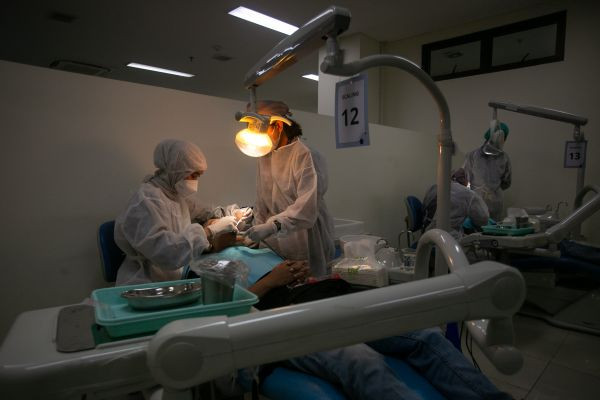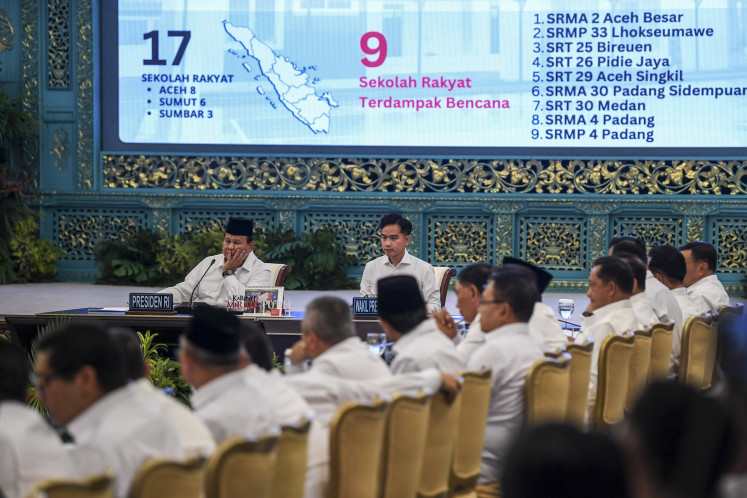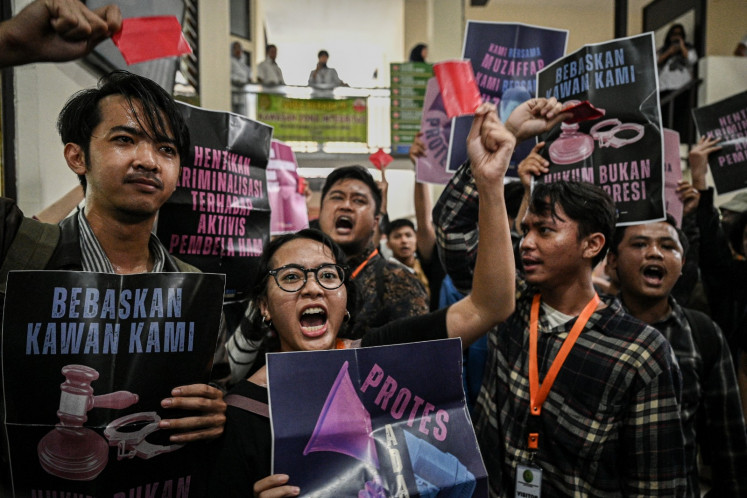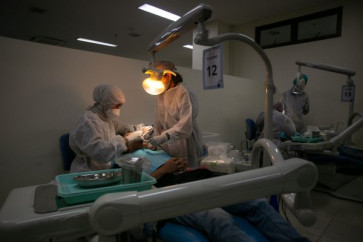Popular Reads
Top Results
Can't find what you're looking for?
View all search resultsPopular Reads
Top Results
Can't find what you're looking for?
View all search resultsRecruiting more doctors: A solution, or creating new problems?
Before rushing to create policies based on the "doctor emergency" narrative, the government should verify and streamline data on physician numbers and other relevant factors as well as involve medical organizations to identify the actual issues for effective solutions.
Change text size
Gift Premium Articles
to Anyone
T
he narrative of a physician shortage, often highlighted by Health Minister Budi Gunadi Sadikin, has captured public attention. He has even declared that Indonesia is in a state of "doctor emergency”, saying the country needs an additional 160,000-170,000 doctors. This claim has driven various policies, including the opening of 19 new medical schools, admitting large numbers of medical students and the development of hospital residencies to train specialist doctors. There is even a plan to recruit foreign doctors.
However, is this narrative truly supported by facts and data, or is it merely a myth?
One of Budi's main arguments refers to the World Health Organization’s standard of one doctor per 1,000 people. Indonesia's population of approximately 280 million indicates a need for 280,000 doctors. According to the minister, Indonesia currently has just 140,000 doctors, creating a shortfall of 140,000. However, this claim needs to be reassessed.
The WHO has never set the 1:1,000 ratio as a universal standard. It is merely a comparative metric between countries, not a fixed benchmark. The WHO recognizes that the need for medical personnel depends on many local factors such as demographics, geography and the healthcare system in each country. Hence, rigidly applying this ratio without considering the local context is inappropriate.
Moreover, the number of doctors the minister cited is not entirely accurate. According to the Indonesian Medical Council (KKI), the country has over 213,000 doctors with active registration (STR). Using the 1:1,000 ratio, Indonesia has a shortfall of approximately 67,000 doctors, far less than the 140,000 claimed. With 11,000-13,000 new doctors graduating annually, this shortfall can be addressed in 5-6 years without rushing policies.
The data on physician numbers in Indonesia lacks consistency. Different sources show significant discrepancies: the Health Ministry reports 140,000 doctors, the KKI says 233,404, while Indonesia Statistics (BPS) recorded 183,694 doctors in 2023.
This raises a critical question: which data is reliable for policymaking? These discrepancies highlight the importance of an integrated and validated data system. Policies based on inaccurate data can lead to risk or misdirection and negatively impact the effectiveness of national health care.



















